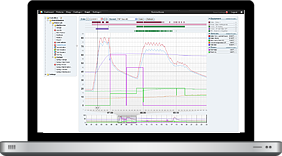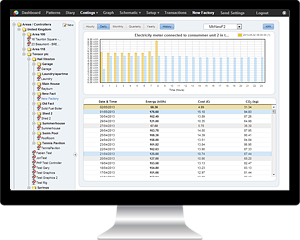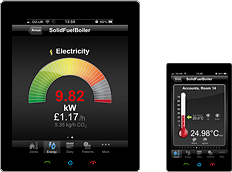New energy efficiency regulations to help tenants slash their energy bills
Close to 1 million tenants could pay less for their energy as of 2018 as landlords will be banned from renting out the least energy efficient homes across England and Wales, a recent news report on this matter has been able to reveal.
Campaigners hailed the move as potentially the most significant piece of legislation in a generation aimed at improving building stock in England and Wales, which is some of the oldest and leakiest in Europe.
Ed Davey, the energy and climate secretary, will present the regulations in parliament on Thursday. They will force landlords to upgrade the energy efficiency of hundreds of thousands of homes currently rated F and G to a minimum of E by 1 April 2018 – or face being unable to let them until they improve the rating. Almost 10% of England and Wales’ 4.2m privately rented homes currently fall below the E rating.
The regulations also mean that from 1 April 2016, tenants living in F- and G-rated homes will be able to request improvements such as more insulation. The landlord will then be legally bound to bring the home up to an E-rating.
If a tenant requests a more efficient home and a landlord fails to comply, the landlord could ultimately be forced to pay a penalty notice. Landlords will be able to let out F- and G-rated properties beyond 1 April 2018 for the remainder of existing rental contracts, but will not be able to renew a contract or let the property to someone else until it is brought up to an E rating.
While Davey would not put an estimate on the overall cost to landlords for bringing 400,000 homes up to scratch, he said an impact assessment would be published and that there were a range of support mechanisms such as the green deal and ECO schemes that could alleviate upfront costs for landlords.
Implementing extensive energy-saving measures is likely to help home owners reduce their overall bills and also their overall debts to energy suppliers.
Building Energy Management Systems are capable of delivering extensive monitoring and control options, compared to basic controls. They typically employ data from a variety of sources (boiler flow and return sensors, internal and external temperature sensors, occupancy sensors, humidity sensors, etc.), and enable the perfect optimization of a building’s boiler-based central heating system.
If you’d like to find out more about the savings enabled by the HeatingSave Building Energy Management System, just contact our dedicated product team, they’ll be more than happy to answer all of your questions and queries.






